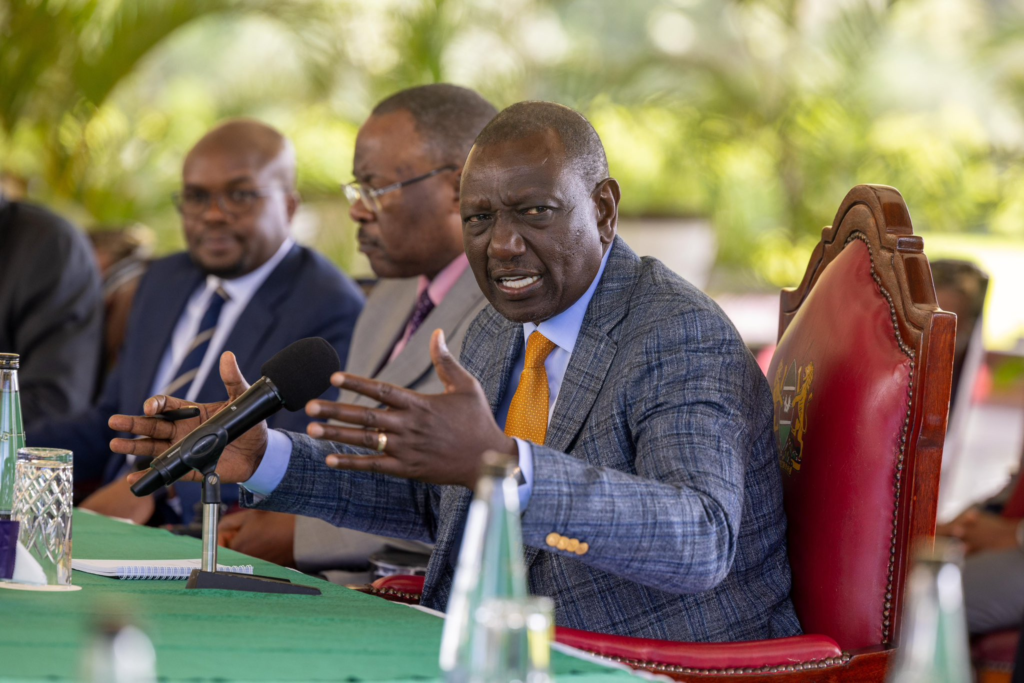

President William Ruto has announced plans to develop new infrastructure along the Nairobi River as part of the ongoing efforts to clean and rehabilitate the waterway.
Speaking during a meeting on Tuesday, November 12, Ruto outlined several key projects aimed at revamping the river and enhancing the surrounding areas.
Among the planned developments, the government will construct linear markets to promote trade along the river, providing business opportunities for traders and contributing to the economic revitalization of the area. In addition, non-motorised transport infrastructure, including walkways and cycling lanes, will be built to facilitate safe movement for pedestrians and cyclists. This initiative is designed to encourage outdoor activities such as walking, running, and cycling for city residents.
As part of the comprehensive rehabilitation plan, the government will also focus on widening sections of the Nairobi River by 20 to 30 meters to protect the waterway and support ongoing clean-up efforts. Many areas along the river have been encroached upon, with homes, churches, and other structures built within the river reserve. Ruto emphasized that expanding the river’s width would help safeguard both the water and the surrounding environment.
“We are going to widen Nairobi River by between 20 and 30 meters in certain sections to improve its flow and ensure the success of our rehabilitation efforts,” President Ruto stated.
“We also plan to integrate non-motorised transport options and linear markets along the river to enhance the area’s functionality and beauty.”
In addition to these physical improvements, Ruto highlighted the government’s focus on addressing the sewerage system to prevent further contamination of the river’s waters. The government is set to construct 54 kilometres of new sewer lines to contain and manage sewage that has been flowing into the river, a critical step in ensuring the long-term health and sustainability of the waterway.
“The most important aspect of this project is managing the sewer system. We need to contain the sewage that currently flows into the river. We will be constructing 54 kilometres of sewer lines to tackle this issue,” Ruto added.
The Nairobi River has long faced challenges from pollution, encroachment, and mismanagement, and these new initiatives aim to transform the area into a cleaner, more sustainable space that can benefit both residents and businesses.
With the government’s renewed focus on both environmental and infrastructural improvements, Nairobi’s iconic river is set to undergo a significant transformation, enhancing the quality of life for city dwellers while boosting trade and recreational opportunities along the waterway.




